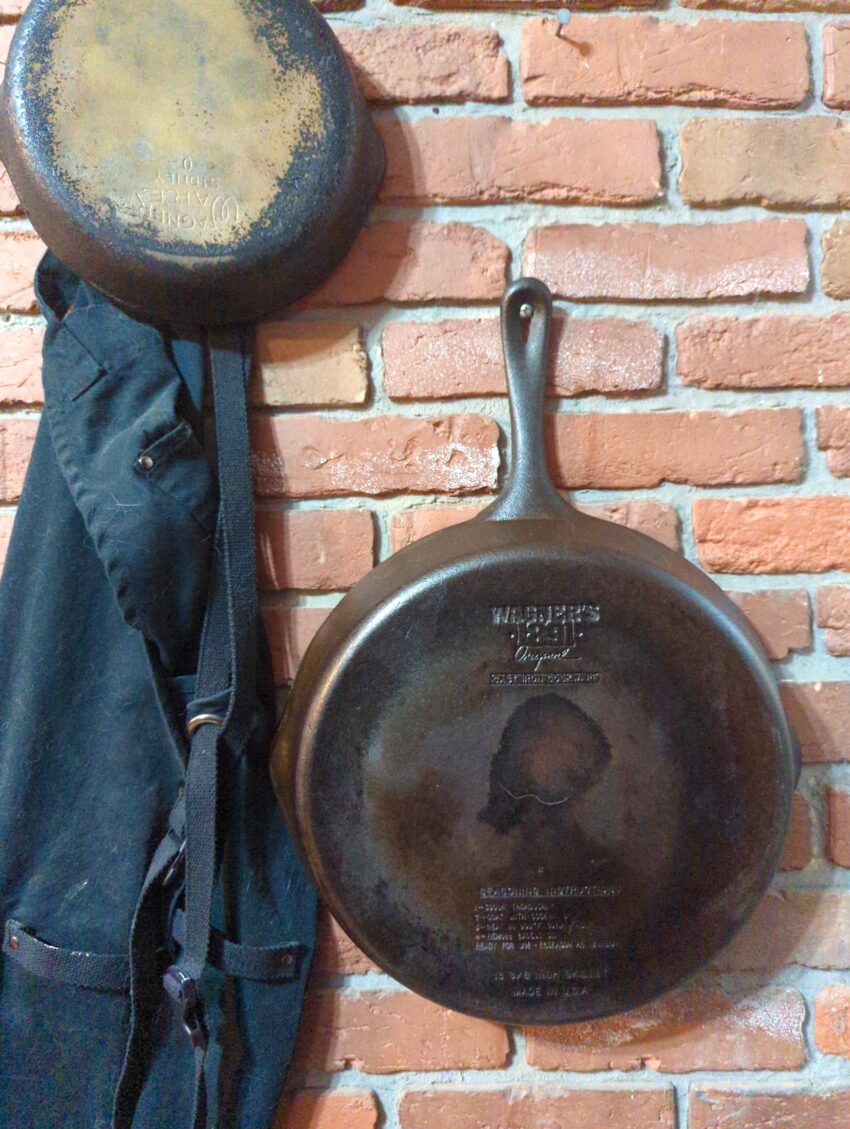When it comes to cookware that has stood the test of time, few brands can boast a history as rich and enduring as WagnerWare from Sidney, Ohio. For over a century, WagnerWare has been a household name among chefs and homemakers alike. In this blog post, we will take you on a journey through the fascinating history of WagnerWare, exploring its humble beginnings, its rise to prominence, and its enduring legacy in the world of cookware.
The Birth of WagnerWare
The story of WagnerWare begins in the late 19th century when Sidney, Ohio was a bustling industrial town. It was in this picturesque Ohio town that Milton M. and Bernard P. Wagner founded the Wagner Manufacturing Company in 1891. Initially, the company produced a variety of cast iron products, including skillets, kettles, and household items.
The Golden Era of Cast Iron
The late 19th and early 20th centuries marked the golden era of cast iron cookware, and Wagner Manufacturing Company was at the forefront of this culinary revolution. Their cast iron cookware quickly gained a reputation for its exceptional quality and durability, making it a favorite among home cooks and professional chefs.
WagnerWare became known for its smooth, polished cooking surfaces, which were a result of meticulous craftsmanship and innovative manufacturing techniques. This made their cookware a joy to use for a wide range of cooking applications.
Innovation and Expansion
As the demand for WagnerWare cookware grew, the company continued to innovate. They introduced new designs, such as the iconic WagnerWare “Sidney -O-” skillets and Dutch ovens, which are still highly sought after by collectors today. WagnerWare’s expansion into enameled cast iron cookware further solidified its reputation for quality and versatility.
WagnerWare also introduced the WagnerWare “Magnalite” line of aluminum cookware in the mid-1930s. This innovative line featured lightweight aluminum with a patented heat-radiating bottom that allowed for more even cooking. It was an instant hit and remains popular among collectors and users alike.
The Decline and Revival
Despite its long history of success, the latter half of the 20th century saw a decline in demand for cast iron cookware as nonstick alternatives gained popularity. In 1952, the Wagner Manufacturing Company merged with Griswold Manufacturing Company to form Wagner-Griswold, which continued to produce cast iron cookware under both brand names.
However, in 1999, the company ceased production, marking the end of an era for WagnerWare. While cast iron cookware fell out of favor, there was a growing revival of interest in vintage cookware, and WagnerWare became a sought-after collector’s item.
Today’s WagnerWare
In recent years, the love for vintage cast iron cookware has experienced a resurgence. Collectors scour antique shops, flea markets, and online marketplaces in search of classic WagnerWare pieces. The enduring appeal of WagnerWare lies not only in its nostalgic charm but also in its exceptional cooking performance.
WagnerWare’s legacy lives on in the kitchens of those who appreciate the craftsmanship, history, and timeless quality of these iconic pieces. While the original Sidney, Ohio foundry may be long gone, the spirit of WagnerWare endures as a symbol of American culinary heritage.
The history of WagnerWare is a testament to the enduring appeal of quality craftsmanship and innovation in the world of cookware. From its humble beginnings in Sidney, Ohio, to its rise as a household name, WagnerWare has left an indelible mark on the culinary world. Today, collectors and cooks alike continue to celebrate the legacy of WagnerWare, ensuring that its story will be told for generations to come.

